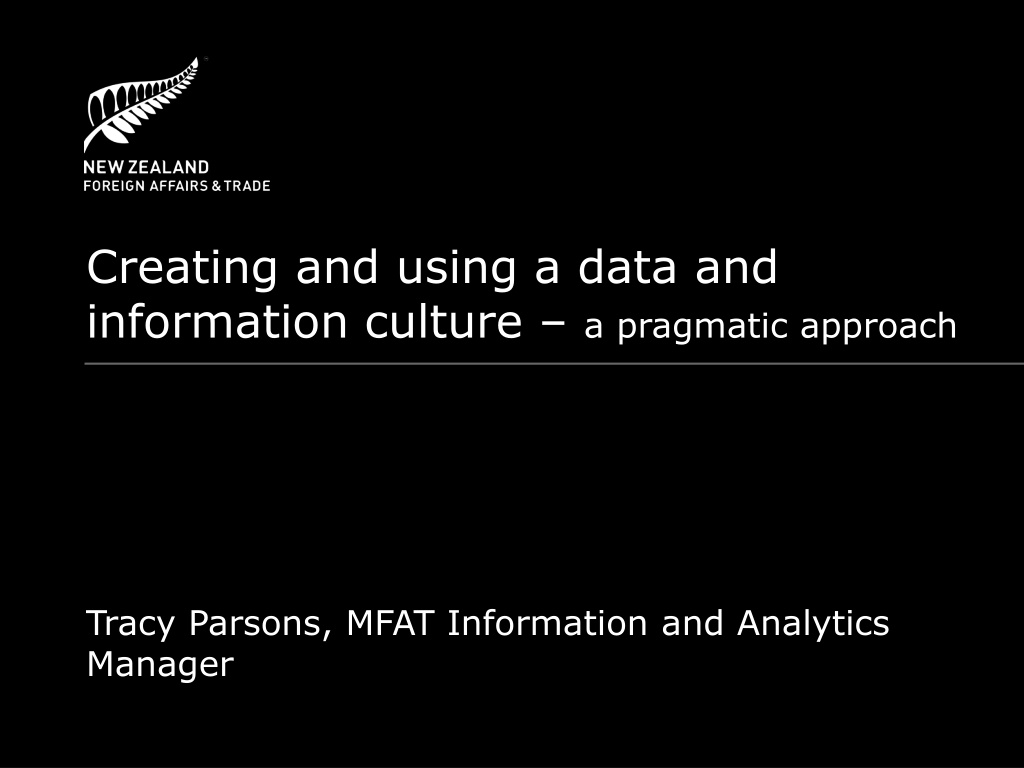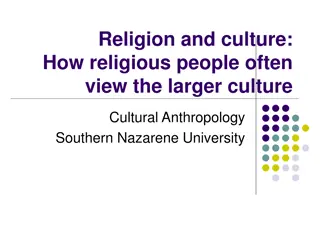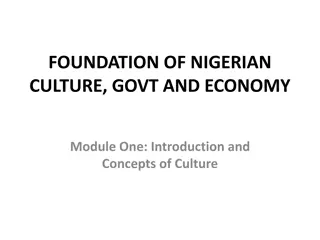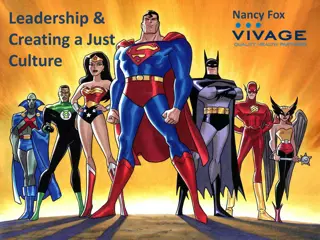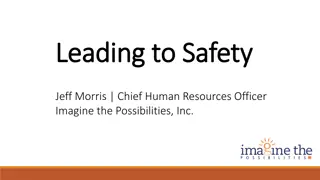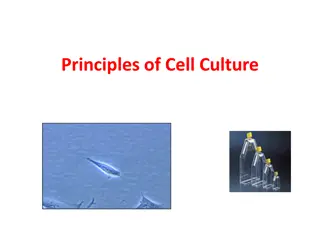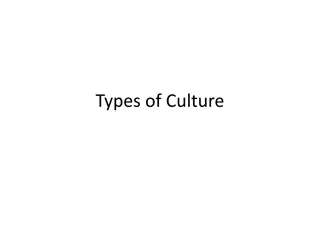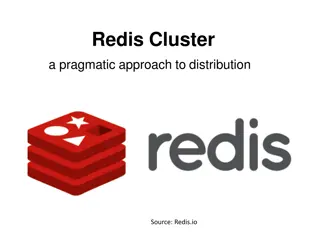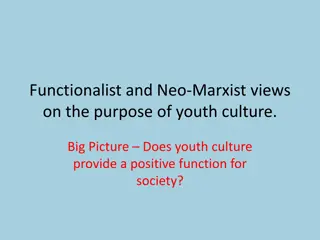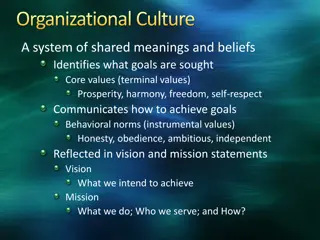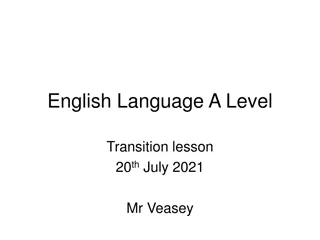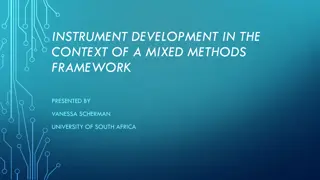Creating a Data & Information Culture - A Pragmatic Approach
In this insightful content, Tracy Parsons, MFAT Information and Analytics Manager, delves into the importance of information and data culture. Unpack the essence of culture, define and grow your data culture, and explore real-life examples. Learn about data principles, transparency, collaboration, and decision-making to foster a data-informed environment. Discover how to leverage data insights, make evidence-based decisions, and empower teams.
Download Presentation

Please find below an Image/Link to download the presentation.
The content on the website is provided AS IS for your information and personal use only. It may not be sold, licensed, or shared on other websites without obtaining consent from the author. Download presentation by click this link. If you encounter any issues during the download, it is possible that the publisher has removed the file from their server.
E N D
Presentation Transcript
Creating and using a data and information culture a pragmatic approach Tracy Parsons, MFAT Information and Analytics Manager
Outline Why is information and data culture important Unpacking what is culture How do you define your data and information culture Once you ve defined it, how do you grow it
Unpack your principles Change management plan Culture statements Principles
A real life example MFAT Data principles our golden rules for how we aspire to manage and use data We (will) equip our people with easy-to-use and authoritative data demonstrate transparency and accountability when using data unlock data insights to make evidence-informed decisions drive collaboration and partnerships by using data open up data to our people and beyond
Unpacking the culture implied in the principles Data principles our golden rules for how we aspire to manage and use data We (will) equip our people with easy-to-use and authoritative data demonstrate transparency and accountability when using data unlock data insights to make evidence-informed decisions drive collaboration and partnerships by using data open up data to our people and beyond
Unpacking the culture implied in the principles Data principles our golden rules for how we aspire to manage and use data unlock data insights to make evidence-informed decisions We discover ways to promote and leverage how our data can be used for insight We understand how to use data to make better business decisions We empower our people to make data informed decisions
Unpacking the culture implied in the principles Data principles our golden rules for how we aspire to manage and use data demonstrate transparency and accountability when using data We are transparent about how we use our data and where it comes from We are committed to maintain and promote the use of our data We understand and control access to the use of private, sensitive and personal data We use and release our data appropriately
Then incorporating it into your change management plan* Using the culture statements, tease out the training, communications, leadership and engagement approaches which you will need * Change management plan the people side of change; how you will move from how you are now to where you want to be
Real world examples - Stories Communications plan and activities Use stories to drive towards the culture which you want Using other organisation s stories - what worked well or didn t
Real world examples - Symbols Logos, imagery Branding A picture paints a thousand words How you name your services Vetting Panel or Historical Information Team?
Real world examples - Rituals Corporate and management expectations How we do things around here E.g. we send links not attachments
Real world examples Power structures Stakeholder management plan Needs organisational and political savvy! Can rapidly change!!!
Real world examples Organisational structure Hierachy Who reports to who Job titles Team name DRA (document, records and archives) Or KIA (Knowledge, information and analytics)
Real world examples controls Information and data assessment Information audit Legislative compliance surveys Seat on design and architectural review authorities, or change advisory board Data and Information Governance Group
Real world examples controls Information and data assessment Information audit Legislative compliance surveys Seat on design and architectural review authorities, or change advisory board Risk and audit function best buddies?
In Summary Culture AND Strategy equals success
